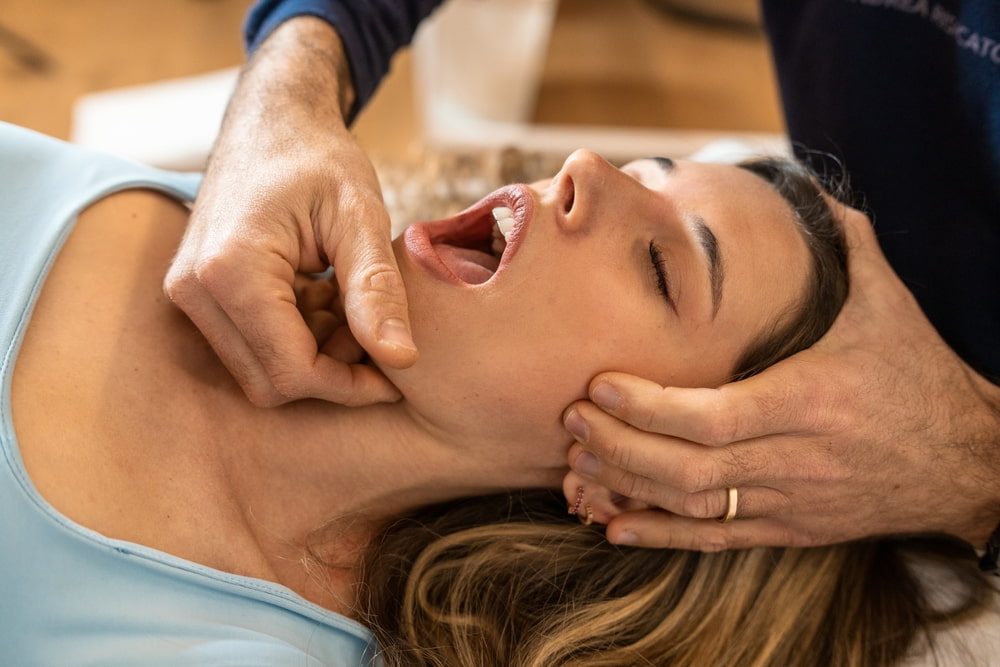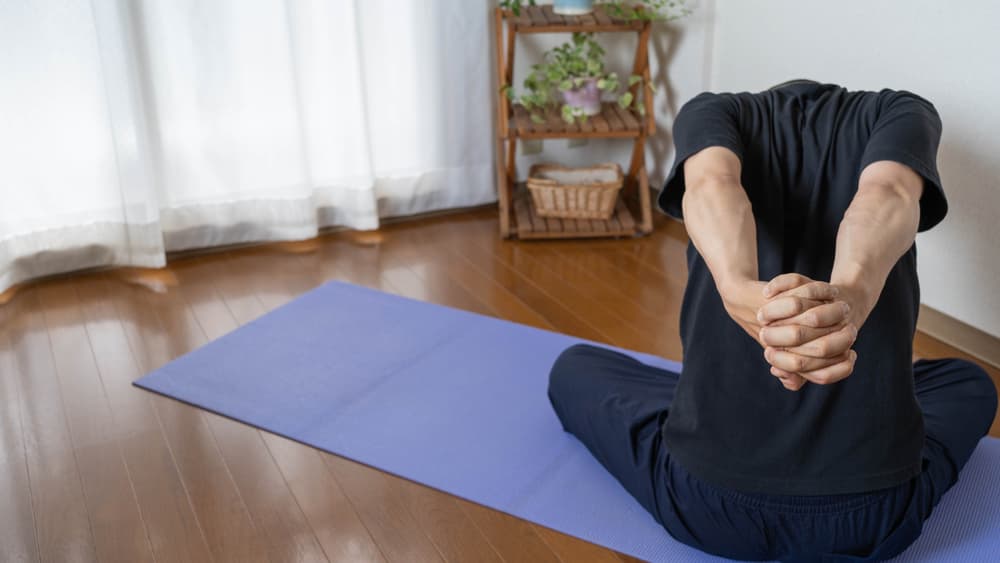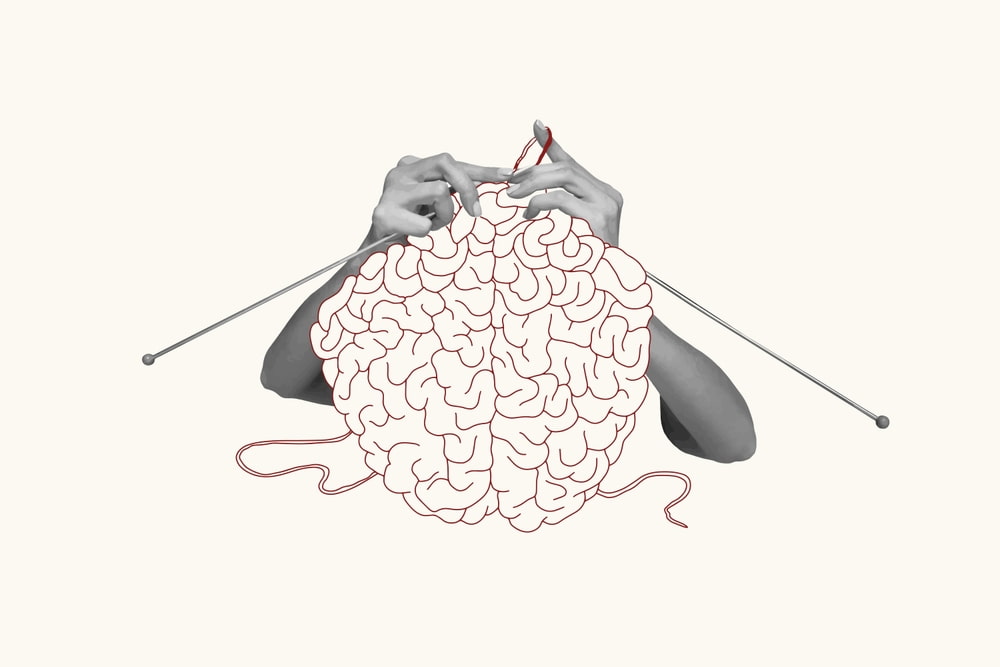Temporomandibular joint dysfunction relaxation techniques


One of these common problems is Temporomandibular Joint Dysfunction (TMD), which is the same as TMJ disorder, and it is a problem that lots of people have, which can lead to jaw pain, muscle tightness, headaches, and problems in chewing. Because of stress, teeth grinding, jaw misalignment, or muscle overuse, this condition can make the day long and tiring, not to mention that it will cause obstacles to your work or normal daily activities.
For a lot of folks, TMJ dysfunction is not just something that pops up now and then but rather a long-lasting pain, facial tension, and a problem of sleep. Without intervention, the disease will worsen. This will make the jaw immobile and decrease overall health. The good news is that through easy yet powerful relaxation exercises for TMJ, you can recover painful muscles, make your jaw work properly, and improve your quality of life.
It is fundamental to relax the muscles around the TMJ to eliminate pain and stress. As the muscles get contracted by stress and tension and you become clenched and muscle strained, the equipment of stress-mimicking down-regulated breathing, posture correction, and self-care development can bring about significant changes. This approach not only eases the pain in the present time but also, with exercises, reduces the risk of further flare-ups.
Effective Relaxation Techniques for Temporomandibular Joint Dysfunction
Stress is responsible for various physical symptoms, which can significantly hurt your daily life. That is to say, TMJ pain relief exercises are the kind of procedures that are usually performed for individuals with high anxiety and stress levels that aggravate TMD symptoms.
Deep Breathing Exercises


Practicing mindful breathing is one of the primary means of defense against high-stress levels. Deep exercise breaths can open your airways for more air while also providing more oxygen to your body. That is fantastic for your energy and the health of the brain.
Even just performing the simple action of inhaling fresh air and expelling carbon dioxide can help you to think more clearly and relax your muscles.
This is the simplest of all three, which includes taking a deep breath and holding your breath for 5 seconds. Follow up with a slow exhale. Then repeat the steps until you experience a feeling of relaxation, which should come over you shortly after about a minute.
Embrace daily routines


Routines are a nice way for our body to sound comfortable and stable. The muscle memory you gain by practicing the same routines daily will help you avoid rushing or forgetting things.
Begin your mornings concentrating on personal hygiene and enjoying high levels of energy. Then, stop the quiet environment and gentle breeze in the evening. Together, this will show that your system is vitalized and ready to go.
It’s good to keep parts of your life spontaneous. However, routines help avoid the stress caused by unexpected situations.
TMJ Pain Relief Exercises


Some exercises help relax and stretch the jaw muscles. A popular exercise for TMD patients is ‘lips together, teeth apart,’ which stretches the jaw area.
Nevertheless, you can find some practices other than the existing ones to apply during the day, which can bring about additional benefits for your jaw muscle elasticity and firmness and reduce muscle stiffness over time.
These flowers are:
Shift of the jaw to the front and one of the sides
Attempt to touch your tongue to the front teeth at the back of your mouth
Select a shape of the mouth like a goldfish, fully and halfway browse it
Put your finger under your chin and open your mouth
Enjoy a warm bath


To unwind, people usually opt for a warm bath. The warm bath offers deep relaxation to every part of the body. The jaw muscles are not left untouched.
A pre-soak session in a hot bath can be done in two ways: adding essential oils and bath salts. It has been proven that utilizing oils and bath salts that are scented with a fragrance that is essentially calming, such as lavender or eucalyptus, regularly results in a higher rate of positive results.
In addition, the warm shower may also serve as an opportunity to perform relaxation exercises such as deep breathing or TMJ pain relief exercises.
Practice mindfulness and meditation


A clear mind leads to a relaxed body. Mindfulness and meditation are great tools for relieving the stress of everyday life.
During your nightly routine, take some time before bed to clear your mind. Close your eyes and think about relaxation. Imagine each part of your body slowly relaxing and feeling free from pain.
If you like to meditate, use guided meditation programs. They are invaluable.
Get plenty of sound, consistent rest


One of the other things that should be tried in a regular sleep schedule is a regular sleep schedule. This is a key element of well-being in general.
A regular sleep schedule guarantees you a healthy body rhythm that allows your body to cool down at a particular time every day naturally. Regularly rubbing your jaw while sleeping can become a remedy for teeth grinding, which can be the reason for TMD symptoms.
Ease the Tension of TMD


If you are familiar with a few relaxation techniques for TMJ and a few helpful for TMD, you can start handling the most common TMJ pains that bother you daily. By maintaining unity between your mind, body, and spirit, you will also let TMD be a thing of the past.
Please talk to us if you are not sure about TMD or still have problems with TMD symptoms, even after using these techniques. We will assist you by locating the medicine that will remove pain and discomfort from your mouth.
The key to managing the TMJ disorder is to use a regular and conscious approach. Introducing face massage techniques, self-care habits, and stress management strategies into your schedule will alleviate the pain considerably and increase your jaw movement. Simple yet powerful habits like light jaw exercising, proper sitting posture, mindfully breathing the air, and decreasing the clenching of your teeth will improve your whole TMJ zone long-term.
It should be remembered that stress is the main factor contributing to discomfort in TMJ. Engaging in practices like meditation, massage, and stretching can help the jaw muscles rest, thus preventing them from too much tension. With this, keeping a nutritious diet, being well-hydrated, and reducing the use of caffeine and chewing gum will improve muscle relaxation and, thus, pain reduction in the jaw.
Even though home remedies and self-healing are top-notch, stubborn or very intense TMJ pain can ask for advice from a professional. If your signs do not improve or get worse over time, the dentist, the physical therapist, or the TMJ specialist is capable of helping you find the requisite therapy methods.
When people express gratitude, the positive effects are experienced by others and by themselves. First, include one or two of these techniques daily, listen to your body, and be patient. Eventually, this will progress to the point you will no longer be a sufferer of the nagging pain of TMJ, your range of jaw movement will be increased, and life will be much more comfortable for you.









